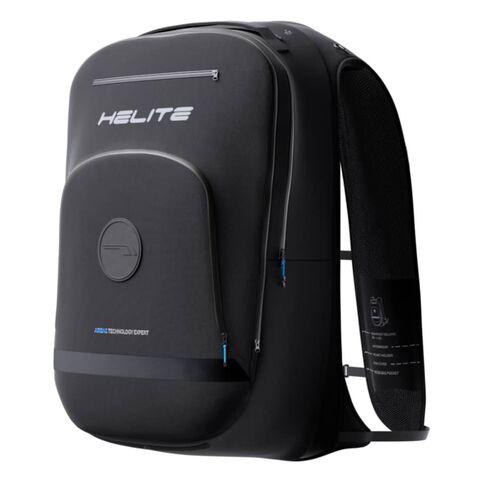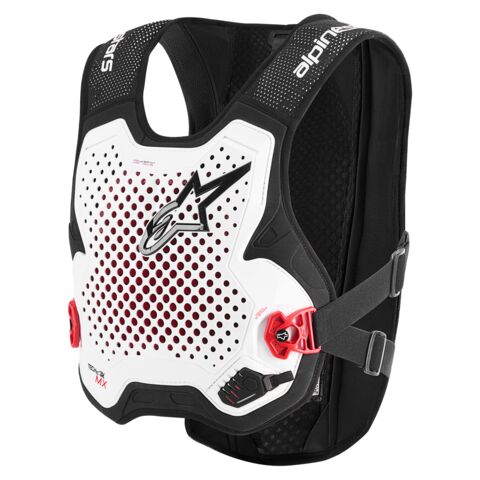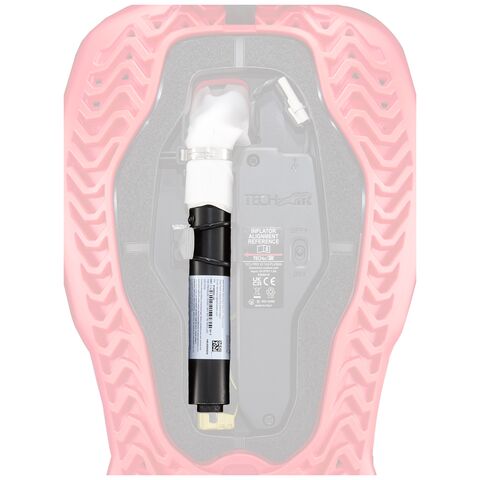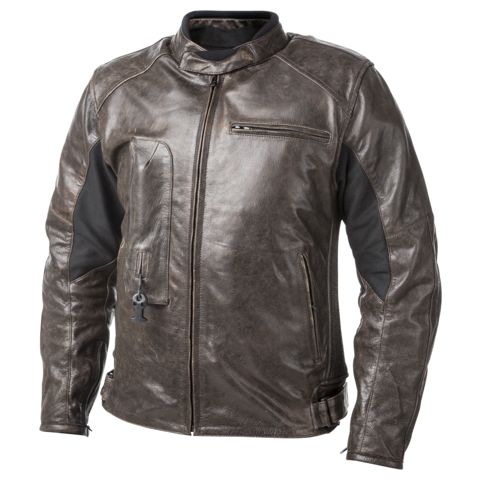BEST MOTORCYCLE AIRBAGS
OF 2025Written By: Team Zilla
Last Updated: May 1, 2025
Motorcycle airbag technology has come a long way over the years. From the high-speed world of MotoGP, to the daily hazards of twisty backroads, these systems have been tested and refined to suit a wide range of riders and conditions. However, shopping for Moto airbag systems can be an intimidating process. That’s why our experts have chosen the best Motorcycle Airbags on the market for you to choose from. From the type of system you need to the price point, coverage, and usability, we’ve weighed the various considerations and picked our favorite options.
| What We Love |
|---|
|
Keep in mind, the Tech 3’s algorithm is only available for street use. Other systems have options for either street or track use, in which the algorithm fine-tunes its criteria to account for the different needs of a track user (More on that in the Considerations section below.). The tech 3 also only provides as much coverage as a standard vest, so it needs to be worn either over, or under a jacket to provide full coverage of your upper body.
| What We Love |
|---|
|
| What We Love |
|---|
|
In addition to needing ultra-refined crash detection, off-road riders may also require protection against multiple crashes within the same ride. This might be our favorite innovation from this gear: Two canisters allow you to trigger a deployment, reset the rig, and head off to do it all over again further down the trail, while replaceable canisters mean you can swap out your cartridges when your two deployments are up, and go for a fresh round yet again.
Of course, all of this needs to be packaged in the kind of passive armor trail riders are used to in order to keep you protected against branches and obstacles, as well as those pesky low-speed tumbles that won’t trigger a deployment. There are more features and functions to this gear than we can get into on this guide, but suffice to say Alpinestars really pushed the envelope with this gear, and we’re excited to carry an airbag system designed for a rapidly growing segment of riders.
Things to Consider
Before choosing the right option for you, it’s important to understand the two main types of motorcycle airbags: tethered systems, sometimes referred to as mechanical systems, and algorithm-based systems sometimes known as non-tethered, or untethered systems. Tethered systems are connected to the motorcycle and inflate when the rider is separated from the bike during a crash. The simplicity, and associated cost-savings, of this style are its main strengths. However, the simplicity comes at the expense of fine-tuning. Tethered systems won’t deploy until a rider is removed from his or her bike; so low-sides, for instance, where a rider crashes but remains in or very close to the cockpit may not trigger the system. Algorithm-based systems are wearable items that deploy when an integrated computer, utilizing gyroscopes and accelerometers, has detected the conditions of a crash. While this is a more complex system, it can detect a wider variety of crash conditions, and deploy nearly instantly before the rider makes impact with a hard surface. Non-Tethered systems are far more complex than tethered systems, and that complexity generally comes with increased cost. Another draw-back of algorithm-based systems is that they have to be reset by the factory after deployment, while tethered systems can have their cartridges replaced by the user, so long as no damage was done to the airbag itself during the crash.
We get this question a lot. The answer is, while nothing’s impossible, it would take a lot to trigger an accidental deployment. With tethered systems, the amount of force required to deploy is much greater than what you’ll typically exert just getting off your motorcycle on your own, so it’s unlikely (But not totally impossible) that you’d trigger the system if you forget to detach after parking. Algorithm-based systems are even tougher to trick. Keep in mind, these systems were designed for use in the high-speed, high-stakes world of MotoGP, where accidental deployments would be an utter disaster for everyone involved.
Each system will be different, but all of the systems we chose are designed to be multi-use. The alpinestars systems need to be re-packed and reloaded by a certified Alpinestars vendor, either at a Track Day event where they’ve set up, or through mail, which generally offers about a one week turnaround. The Helite Tethered systems can be deployed up to six times, only needing a cartridge reload after each deployment, assuming no structural damage was done to the vest itself. After that, a mail-in inspection by Helite’s experts is required. Always check with the manufacturer regarding the details of a specific system, or reach out to the experts here at RevZilla, and we’ll get you the answers you’re looking for.
With technology improving, and prices coming down, there’s never been a better time to add an airbag to your kit than right now. Track riders can enjoy the same protection as the pros, mitigating a significant chunk of the risk that comes with their high-speed hobby. Street riders, too, can benefit from the added protection of these systems. The neck immobilization and additional collarbone protection from airbag systems reduce the risk of some of the most common injuries from motorcycle crashes.
Like any piece of gear, the value a rider gets from an airbag will depend on the specific outlook of the riders themselves. What we can say for sure is that these systems have come down in price to the point where they’re comparable to a nice helmet or jacket, which many riders already purchase without hesitation. There’s no question that the additional protection you’ll get if you crash with an airbag is a major improvement compared to crashing without one. Whether that improvement is “worth it” is up to you.
Algorithm-based systems just need to be charged and activated to protect you while you ride. Whether that's on grandpa’s scooter or grandma’s ‘Busa, it doesn’t matter. Tethered systems will need a sturdy frame rail to attach to, which technically could be a challenge depending on the set-up of the bike, but it’s pretty safe to say most machines will be compatible.
Tethered systems must be worn over the top of everything else, just by the nature of their design. Non-tethered airbag systems offer more flexibility, and can be worn under a jacket or race suit, you just need to make sure there’s enough room or stretch to accommodate the airbag when it’s deployed. If you’re having fitment concerns, our expert Customer Service team can help guide you through the sizing considerations for the specific gear you have in mind.
Different manufacturers will offer different guidelines on compatibility with backpacks. Sizing and fitment always have to be considered with the additional flexibility to accommodate the fully-inflated system. If you’re looking at a specific airbag/backpack combination, we’d strongly recommend you reach out to the manufacturer or our customer service experts to help ensure you get the best, safest results.
While this will depend on each manufacturer’s specific, proprietary algorithms, the modes offered in our Alpinestars picks feature one main difference: in track mode, the system will not deploy at speeds under 37 mph. The idea is to avoid deployment in the event of a low-speed tip-over on the paddock. Street mode will deploy when the algorithm detects a crash at any speed, to ensure protection even in the event you’re rear-ended while sitting still at a red light.





























